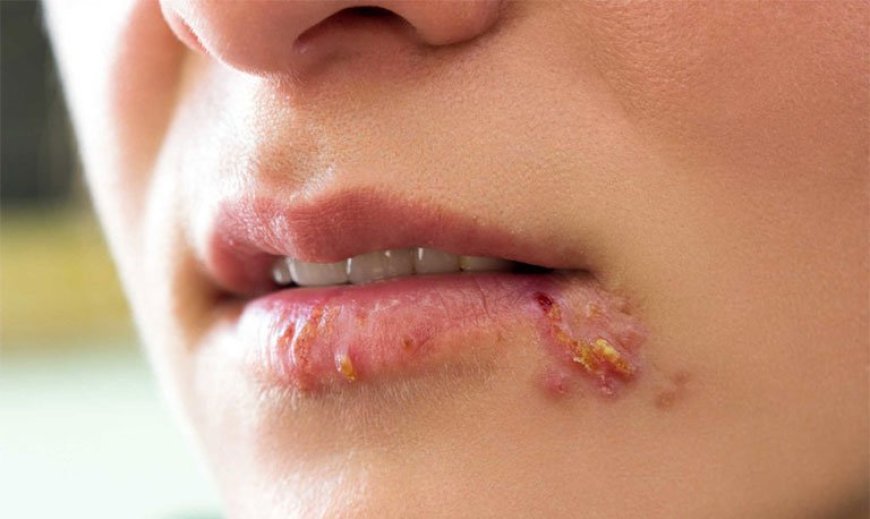Impetigo
Impetigo is an itchy, bacterial skin infection that, while unpleasant, is generally easy to get rid of through treatment.

Impetigo is an itchy, bacterial skin infection that, while unpleasant, is generally easy to get rid of through treatment.
It most commonly affects children, but anyone can get it. In this article, we will look at impetigo in more detail and answer the most common questions about how to prevent and treat it.
What is Impetigo?
Impetigo is a contagious skin infection that is caused by two types of bacteria: streptococcus pyogenes (group A streptococcus) and staphylococcus aureus (staph). These bacteria can cause infections in different parts of the body, including the skin. Impetigo is an infection in the outer layer of the skin, typically appearing as red, pus-filled blisters.
It is most commonly seen in children, but anyone can get it. It is usually spread through contact, such as touching an infected person or item. It can spread rapidly if proper preventative measures are not taken, so it is important to take steps to reduce the chances of contracting it.
Signs and Symptoms of Impetigo
The most common symptom of impetigo is red, itchy blisters on the skin. These blisters usually contain a thick, yellowish fluid or pus. The blisters are most often found on the face, particularly around the nose, mouth, and eyes or any other areas of the body that may have come in contact with an infected person or item. Other signs and symptoms include:
• Swollen lymph nodes in the neck area • Fever • Crusting of the skin • Itching of the skin • Painful sores • Blisters that burst and leave red, scaly skin
Causes of Impetigo
Impetigo is caused by bacteria that invade the skin. It is most commonly caused by streptococcus pyogenes (group A streptococcus) or staphylococcus aureus (staph). These bacteria are usually spread through direct contact with an infected person or item. Impetigo can also be spread through contact with towel, clothing, toys, or other items that have come in contact with the bacteria.
Diagnosis Impetigo can usually be diagnosed by a doctor with a physical examination. In some cases, a sample may be taken of the pus from the blisters to determine which type of bacteria is causing the infection.
Complications Although impetigo is generally not a serious infection, it can lead to complications if it is not treated properly. These complications may include:
• Spread of the infection to other parts of the body • Bulkier of the skin • Scarring • Skin infections such as cellulitis, which is an infection of the deeper layers of the skin
Prevention The best way to prevent impetigo is to practice good hygiene and avoid close contact with people who have it.
• Wash hands regularly and thoroughly • Use hand sanitizer when hand washing is not possible • Cover any open wounds • Keep your environment clean • Do not share towels, clothing, toys, or other items with an infected person • Avoid close contact with an infected person
Treatment Impetigo is usually treated with antibiotics, which may be in the form of creams, pills, or ointments. Depending on the severity of the infection, the doctor may prescribe either oral or topical antibiotics. In some cases, both forms may be prescribed.
• Oral antibiotics: These are typically prescribed for more severe infections or those that have spread. They may include amoxicillin, cefadroxil, clindamycin, erythromycin, or trimethoprim-sulfamethoxazole.
• Topical antibiotics: These are usually prescribed for milder cases of impetigo. Examples include mupirocin and retapamulin.
It is important to follow the doctor’s instructions carefully and finish all prescribed medication.
Impetigo is an itchy, bacterial skin infection that is easy to get rid of, but can cause complications if not treated properly. It is most commonly caused by streptococcus pyogenes (group A streptococcus) or staphylococcus aureus (staph). It is spread through contact with an infected person or item. The most common symptom is red, itchy blisters on the skin, usually accompanied by swollen lymph nodes, fever, and crusting. The best way to prevent it is to practice good hygiene and avoid close contact with people who have it. Most cases of impetigo are treated with antibiotics, which may be in the form
